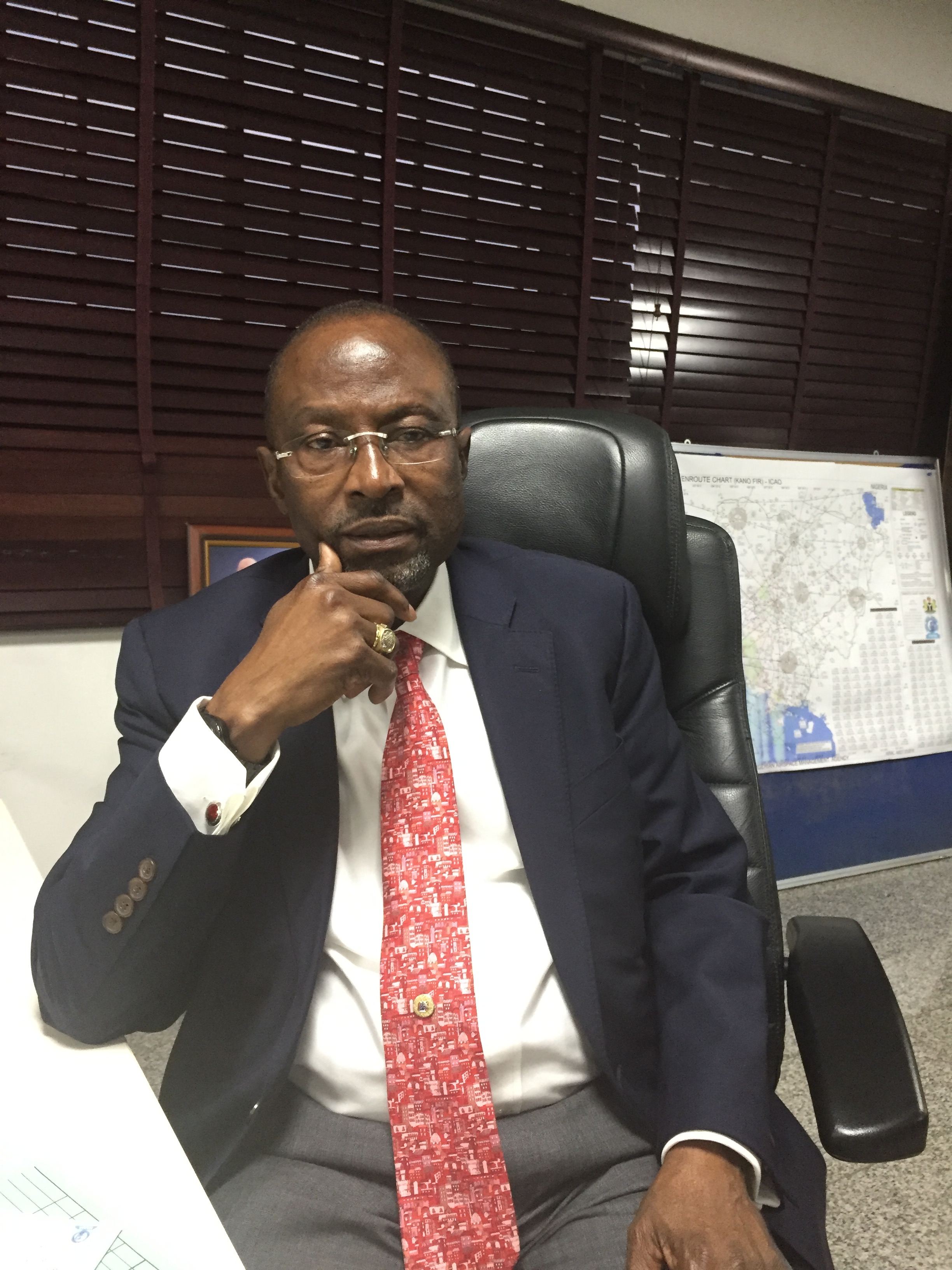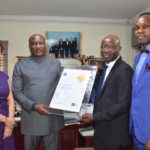
When the federal government acquired aircraft for the calibration of navigational facilities last August at $8.5 million, the industry was jubilant.
With that development, many stakeholders said the issue of contracting the job of calibration to ASECNA, aeronautical company of French-speaking West African nations, would now come to an end.
But after the acquisition nothing much seemed to have been done to prepare the aircraft for the job it was acquired for. The King Air 350i was acquired without designated pilots. So when it was brought in and taken to the Nigerian College of Aviation Technology (NCAT), Zaria, no proper plan was made to engage it immediately to the job it was meant to do.
THISDAY learnt that expatriate pilot was later engaged to operate the aircraft but while examining the equipment, he realised that the aircraft airworthiness certificate had expired.
This means that it cannot be put to use immediately. Meanwhile, the Nigerian Airspace Management Agency (NAMA) has just installed Category 3 Instrument Landing System (ILS) at the Runway 18R of the Murtala Muhammed International Airport (MMIA), Lagos and for it to become operational, it has to be calibrated.
Calibration is used to authenticate navigational aids signals and bring them to specifications in tandem with the International Civil Aviation Organisation (ICAO) standard practices. So, ideally airplanes are not supposed to use ILS and Voice Ominidirectional Radio Range (VOR) that have not been calibrated.
NAMA last week announced that it would begin the calibration of navigational equipment in the nation’s airports yesterday.
As at Wednesday, the agency’s Managing Director, Captain Fola Akinkuotu had inspected the runway and prepared it for the exercise that started yesterday.
But THISDAY confirmed that the aircraft the federal government acquired for the exercise was not going to be used. NAMA again engaged the services of ASECNA for the exercise. It was thought that the agency would have saved money by using the aircraft acquired for calibration for the exercise. NAMA earmarked to spend about N400 million for calibration in the 2020 budget.
Another snag with the newly acquired calibration aircraft is that it has not been confirmed whether it has been fitted with the consul for calibration. THISDAY investigations revealed that the consul, which used to be in the custody of the Nigerian Civil Aviation Authority (NCAA), was taken to Norway and it has not been confirmed whether it has been returned. However, inside NCAA sources told THISDAY that the calibration equipment might have become obsolete by now.
This means that the aircraft may not have been fitted with the consul. Without the consul, the aircraft cannot embark on the calibration exercise.
THISDAY spoke to industry insiders, who explained why British Airways, Air France and some other foreign carriers landed their flights in Ghana and Cotonou last week.
The major reason was that there was low visibility, occasioned by the Harmattan, which reduced visibility minima to about 120 meters with accompanying dust have. According to informed source, the minimum visibility in British Airways’ Standard Operating Procedure (SOP) is 180 meters visibility.
“It is highly like that British Airways obtained permission from its home office before using the runway afterwards and the major reason it flew to Accra was because there was low visibility and dust haze.
“There was no way the airline could land its aircraft at that runway in that state. Those who argue why did it come back to land at the other runway (Runway 18L) was because that runway still has Category 2 ILS that has been calibrated.
“Although the turn off of that runway is not good for Boeing 747, which is the operating aircraft for British Airways to Lagos. The turn off is too sharp, at about 90 degrees to the runway,” the source told THISDAY.
THISDAY also learnt that ASECNA (and others) charge calibration services per hour. Besides the hours spent in observation fights, the actual calibration of VOR could take 30 minutes to one hour, while that of ILS could take about three hours.
Insiders however, argue that calibration ought to be a regular exercise, which requires that the aircraft designated to undertake the job should be available at any time. They also argued that there was no need to acquire the equipment at the time government did, if everything required for it to be put on duty was not available.
They also noted that the pilot for the aircraft should have been engaged from Nigeria and necessary certifications carried out before now; so that the delay in putting the aircraft to work would not have happened, adding that it costs hugely to recruit expatriates to handle the equipment.
So the question many industry stakeholders are asking is, when with the federal government put the aircraft it acquired for $8.5 million for calibration to work?






